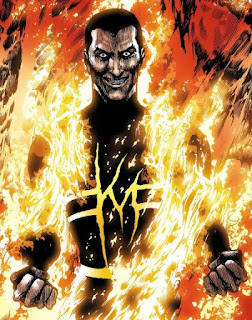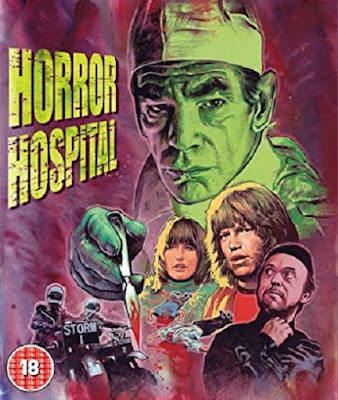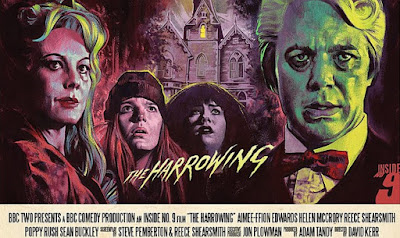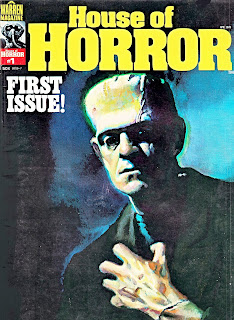North Devon filmmaker Alex Poray's animation explores government manipulation. Panic and fear have always been created by "hierarchies" and media to control consumerism and attention; never has this been more prevalent that the modern rise of ISIS.
THE director of The Disclosure Project - Steven M. Greer - wrote of the faked alien invasion scenario as government mechanism, justifying trillions of dollars being pumped into a space programme, and unifying the globe in jingoistic military might. In a paper written in 2002, Greer feared that "maniacal covert programs plan to hijack Disclosure, spin it into the fire of fear, and roll out events that will eventually present ETs as a new enemy. Do not be deceived." Similarly in 1994 Canadian poet and conspiracy theorist Serge Monast published Project Blue Beam, which claimed that NASA and the United Nations were attempting to implement a New Age religion with the Antichrist at its head, via a "technologically simulated" Second Coming. Many observers have noted the similarities of this colourful notion with Gene Roddenberry's unfilmed STAR TREK - THE GOD THING treatment from 1975.
Hoax aliens have also played out in popular culture. The most famous example is Orson Welles' Mercury Theatre radio broadcast of 1938; this adaptation of H.G. Wells' The War of the Worlds allegedly caused mass panic, but the true extent has been brought into question due to its relatively few listeners. Over this side of the pond, there is the twee story of a six-minute Southern Television interruption from November 1977. Accessed through the Hannington, Hampshire transmitter, the broadcast of an early-evening news programme was distorted by audio of a deep-voiced representative from an "Intergalactic Association." Vrillon warned us that all our "weapons of evil" must be destroyed and we have only a short time to learn to live in peace. And in comics, Alan Moore and Dave Gibbon's Watchmen has Adrian Veidt - the "smartest man in the world" - genetically engineering a squid monster which sets in motion a shockwave that kills half the population of New York City; with governments believing the creature to be from another world, they decide to work together, rather than continue with the Cold War.
Originally a comic book from 2004, Level Above Human was extremely popular when it was uploaded to a short-lived e-book site in 2009.
The title of this twenty-two minute animation by SLAYERS: PORTRAIT OF A DISMEMBERED FAMILY kingpin Alex Poray was inspired by the Heaven's Gate flying saucer cult, where members were "children of the Next Level," which paradoxically reduced them to automatons with no individuality, outside contact and any notion of sexuality (Alex also considered THE SPACE SHOW as a banner, a reference to Greer). LEVEL ABOVE HUMAN tells of President Laine ("the worst president in history"), his attempt to rise political standing, and gain support for a space weapons programme. Laine unleashes hallucinogen Vision X on Snake City, an area which has descended into anarchy and acted as a springboard for widespread unrest. Vision X changes perception so people view military as aliens and helicopters UFOs, against a backdrop of projections and staged events. Snake City slacker Googie McKagan (voiced by Alex) hooks up with Snowflake (voiced by Donna Beeching) at The Parasite Club, but their escape is thwarted and the duo implanted with memories of alien abduction. But that is what they are lead to believe...
Every sequence of LEVEL ABOVE HUMAN illustrates Poray's life-long love of Ufology and punk rock, coming across as Charles Burns meets Hunter S. Thompson with THEY LIVE at the foundation. With its mixture of mean streets, widespread chaos and underlining sleaze, the piece is a brisk jaunt through ever-relevant issues of mind control and the true stature of people who act as law-makers and breakers (even Laine's Attorney General is found guilty of torturing and eating young women). In reality, the association between governments and conspiracy theorists is a constant tug-of-war; as Alex states, "just because you're paranoid, doesn't mean they're not out to get you!"
Thanks to Alex for his feedback via Facebook.

































